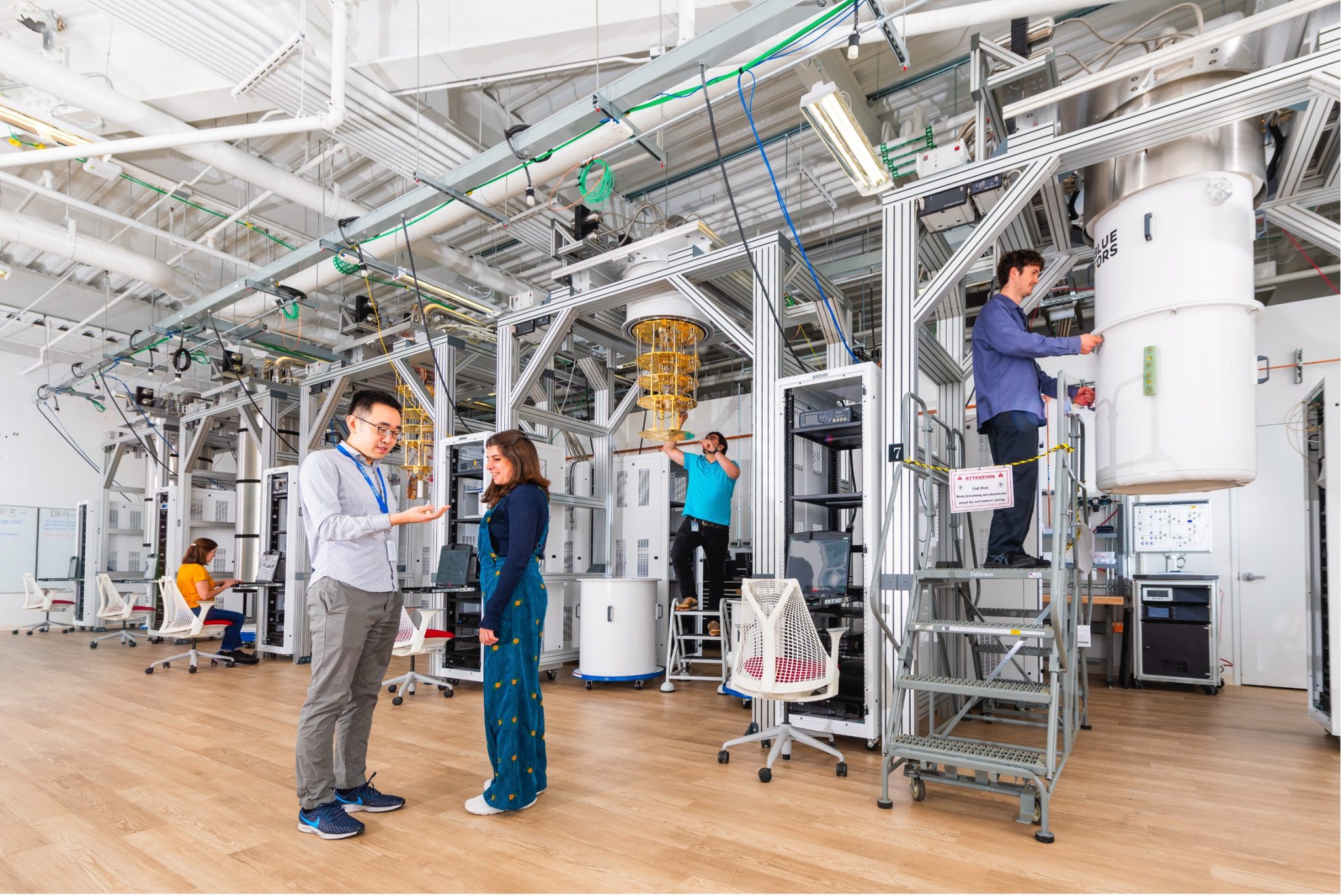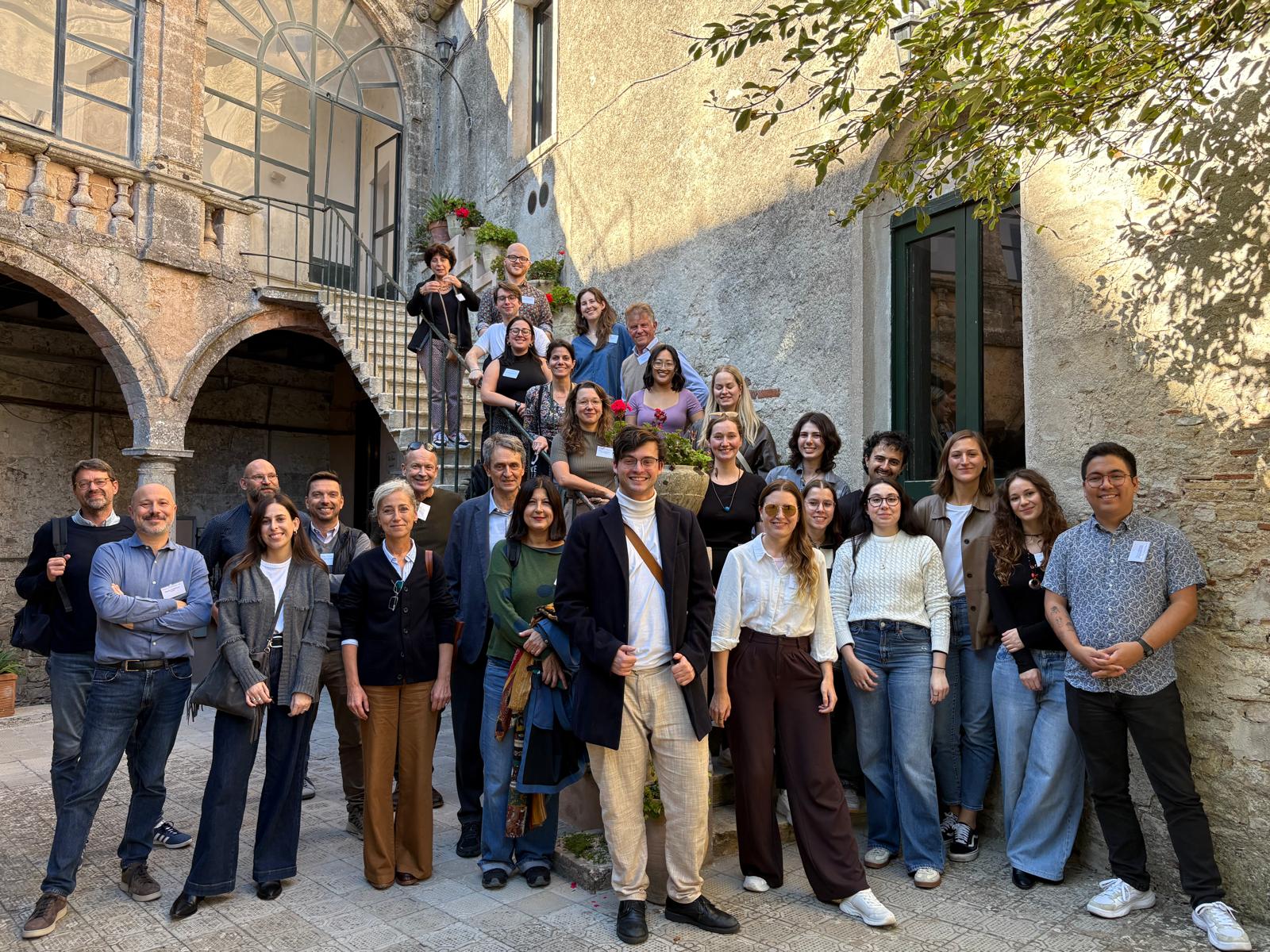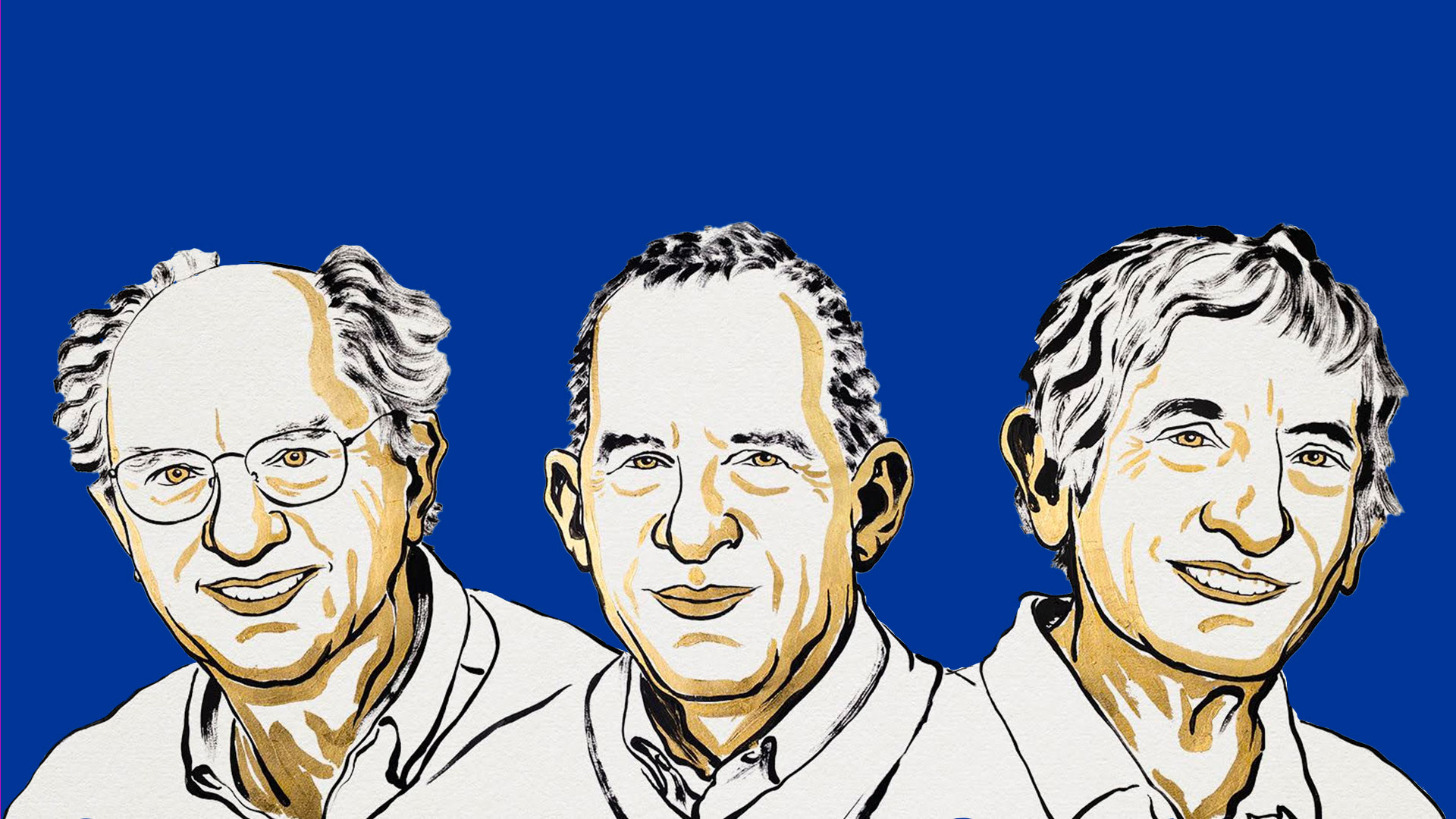 The Gran Sasso Science Institute (GSSI), founded in 2012 in L’Aquila (Italy) as Center for Advanced Studies of the National Institute for Nuclear Physics (INFN) and then established in March 2016 as a new university providing post-graduate education, offers 41 PhD fellowships for the academic year 2016/17.
The Gran Sasso Science Institute (GSSI), founded in 2012 in L’Aquila (Italy) as Center for Advanced Studies of the National Institute for Nuclear Physics (INFN) and then established in March 2016 as a new university providing post-graduate education, offers 41 PhD fellowships for the academic year 2016/17.
The GSSI invites applications for 10 fellowships in “Astroparticle Physics”, 11 in “Mathematics in Natural, Social and Life Sciences”, one of which funded by the Italian Institute of Technology (IIT), 10 in “Computer Science” and 10 in “Urban Studies and Regional Science”. The official language for all PhD courses is English.
The fellowships are awarded for three years and their yearly amount is € 16.159,91 gross. All PhD students have free accomodation at the GSSI facilities and use of the canteen.
The application must be submitted through the online form available at www.gssi.it/phd/ by 1st September 2016 at 18.00 (Italian time zone).
For more information, please consult the Call for Applications at www.gssi.it/phd/ or write an email to info@gssi.infn.it or call +39 0862 4280262.





